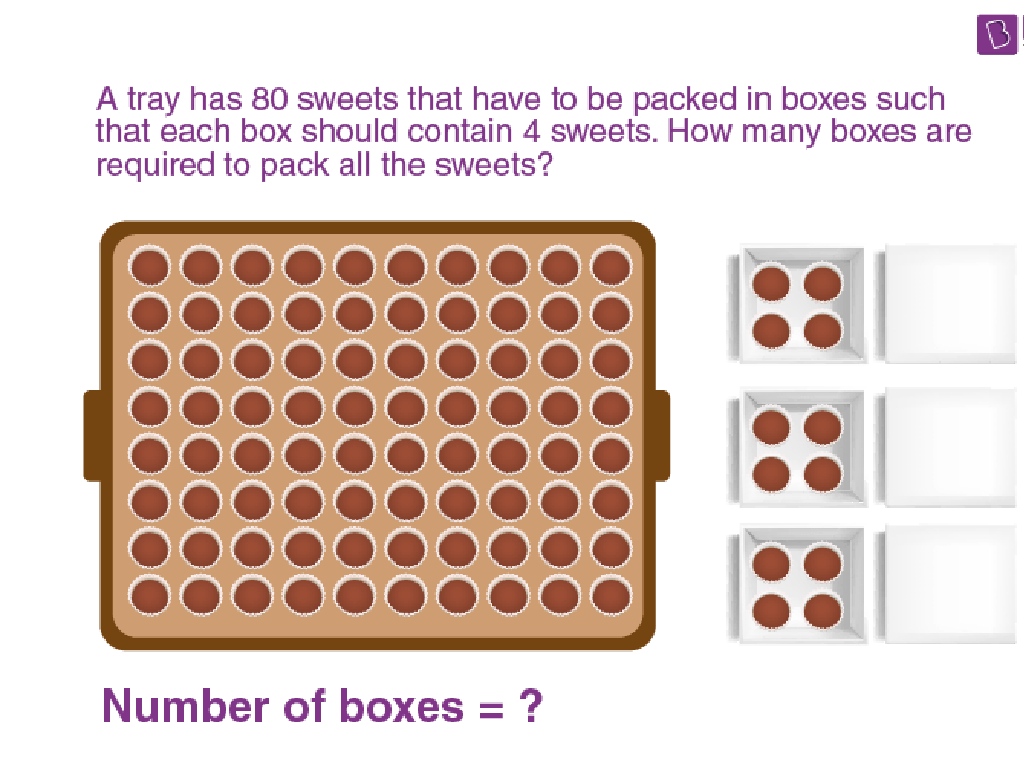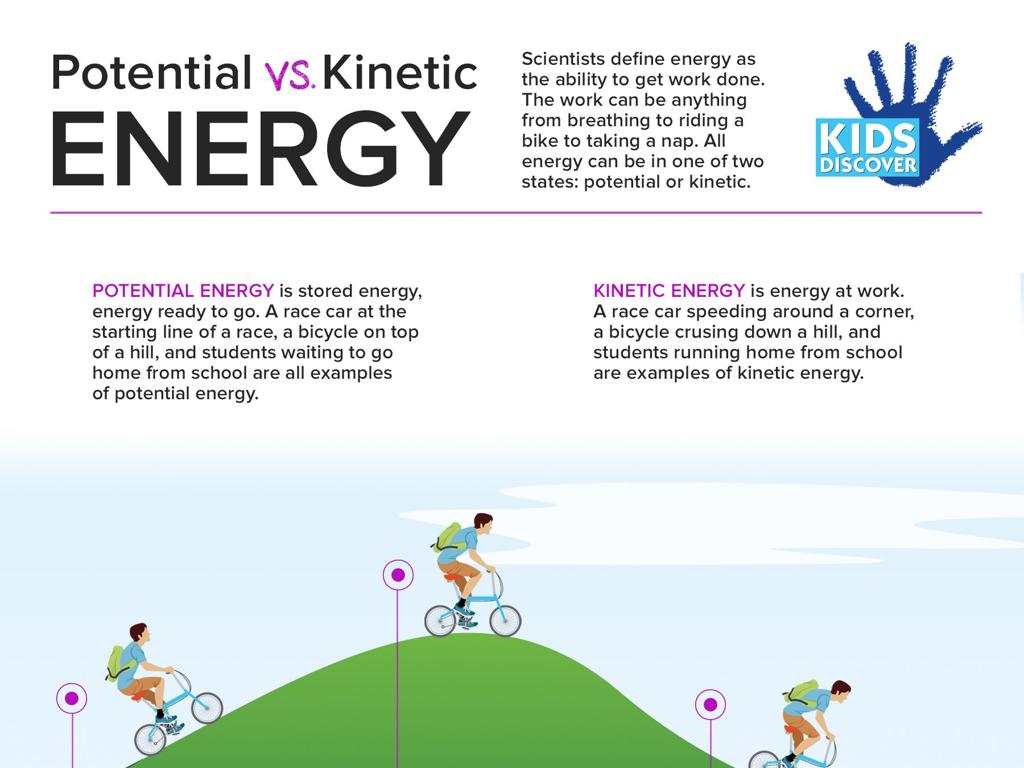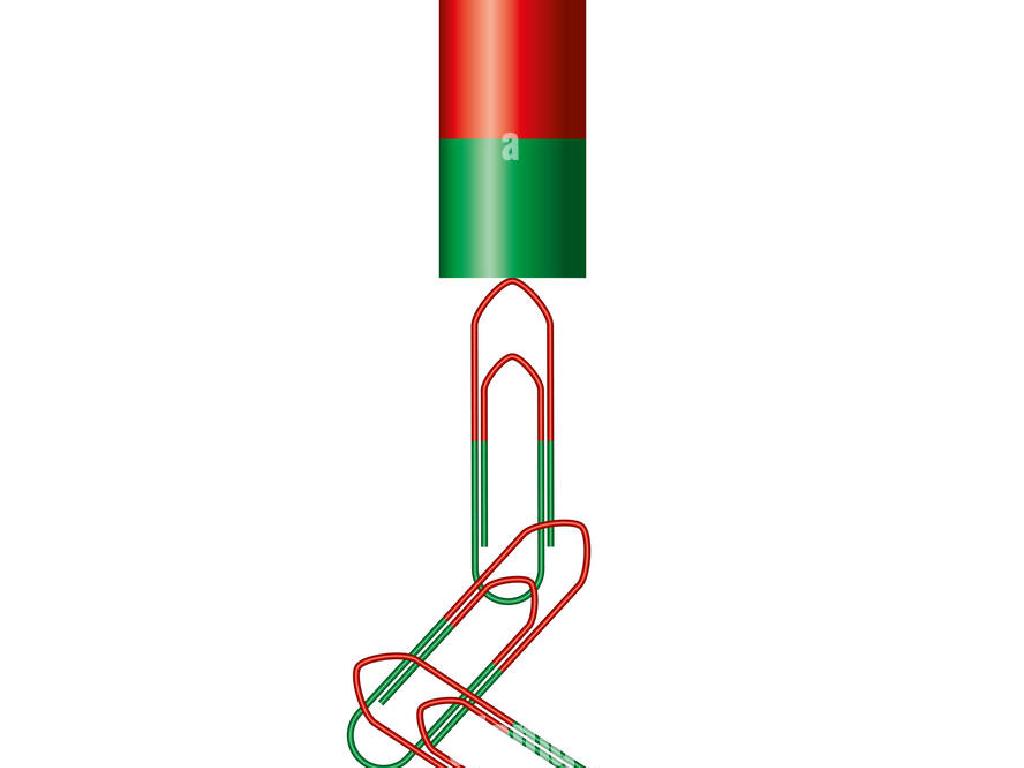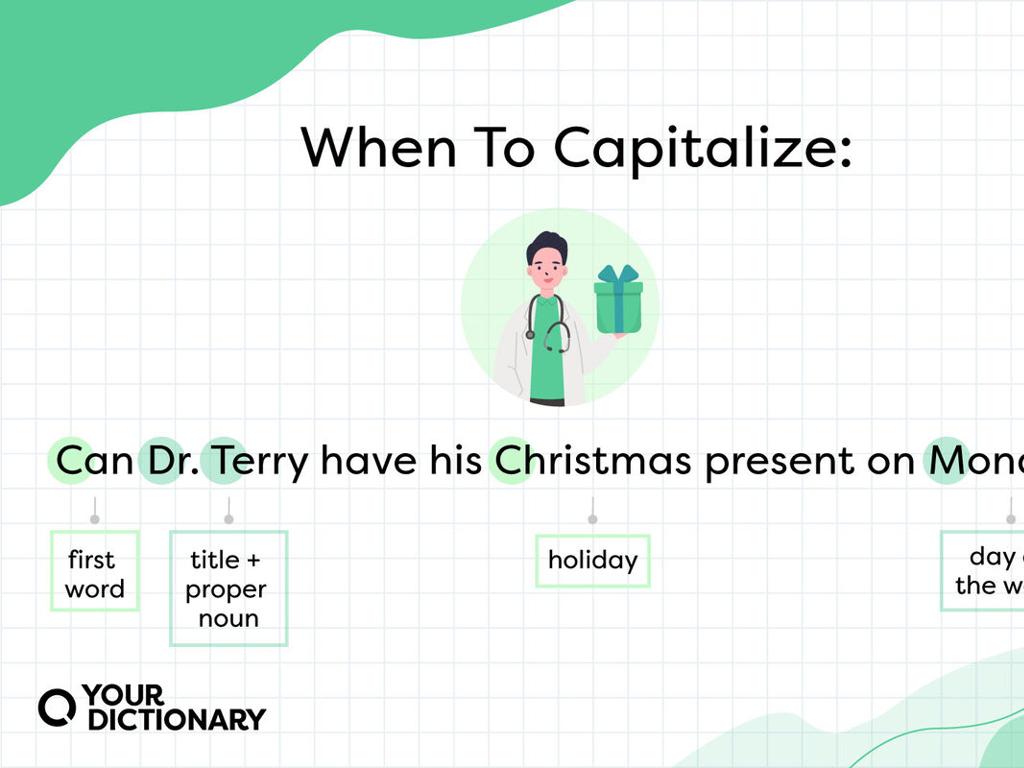Words With Re-
Subject: Language arts
Grade: Sixth grade
Topic: Prefixes And Suffixes
Please LOG IN to download the presentation. Access is available to registered users only.
View More Content
Exploring the ‘re-‘ Prefix
– ‘re-‘ prefix meaning
– ‘re-‘ means ‘again’ or ‘back’
– ‘re-‘ alters word meaning
– It gives words a sense of repetition
– Examples: ‘redo’, ‘replay’
– ‘redo’: to do again, ‘replay’: to play again
– Practice with ‘return’
– Use ‘return’ in a sentence
|
This slide introduces the concept of prefixes, with a focus on ‘re-‘. The prefix ‘re-‘ is commonly used in English to indicate repetition or reversal of an action. Students should understand that adding ‘re-‘ to the beginning of a word can change its meaning to something that is done again or done in reverse. Provide examples like ‘redo’ and ‘replay’ to illustrate this concept. Encourage students to think of other words that start with ‘re-‘ and use them in sentences. As an activity, students can practice using the word ‘return’ in different contexts to solidify their understanding of how ‘re-‘ modifies the meaning.
Exploring the Prefix ‘re-‘
– What is a prefix?
– A prefix is a word part added to the beginning of a root word.
– Prefixes change meanings
– Prefixes modify the meaning of the original word, creating a new word.
– ‘re-‘ means ‘again’ or ‘back’
– The prefix ‘re-‘ can indicate repetition or reversal.
– Examples of ‘re-‘
– ‘redo’, ‘return’, ‘review’, ‘replay’ show ‘re-‘ in action.
|
This slide introduces the concept of prefixes, with a focus on the prefix ‘re-‘. Begin by defining a prefix as a group of letters placed before a root word to alter its meaning. Explain how ‘re-‘ can change the meaning of a word to indicate doing something again or going back to a previous state. Provide examples like ‘redo’ (to do again), ‘return’ (to go back), ‘review’ (to look at again), and ‘replay’ (to play again). Encourage students to think of other words with the prefix ‘re-‘ and discuss how the meaning changes. This will help them understand the power of prefixes in word formation.
Exploring ‘re-‘ Words
– Identify base words and ‘re-‘ form
– Find the root word and add ‘re-‘ to make a new word
– Discuss meaning changes with ‘re-‘
– ‘Re-‘ often means ‘again’ or ‘back’
– Example: ‘build’ to ‘rebuild’
– ‘Rebuild’ means to build something again
– Example: ‘paint’ to ‘repaint’
– ‘Repaint’ means to paint something once more
|
This slide introduces the concept of the prefix ‘re-‘ and how it alters the meaning of base words. Students should understand that ‘re-‘ typically means to do something again or to go back to a previous state. Encourage them to think of other words they know and how adding ‘re-‘ might change their meanings. Provide additional examples like ‘read’ becoming ‘reread’ or ‘write’ becoming ‘rewrite’. Have students practice by identifying more base words and creating their ‘re-‘ forms, discussing the new meanings in pairs or groups.
Mastering ‘re-‘ Prefix Words
– Using ‘re-‘ words in sentences
– ‘Re-‘ means ‘again’ or ‘back’, as in ‘redo’ or ‘return’.
– Context shapes ‘re-‘ word meaning
– Words can change meaning with context, like ‘record’ (to write down) vs. ‘record’ (to do again).
– Crafting sentences with ‘re-‘ words
– Create a sentence: ‘I will redo my homework to improve my score.’
|
This slide aims to teach students how to correctly use words with the prefix ‘re-‘ in sentences, emphasizing the importance of context in determining their meaning. Students should understand that ‘re-‘ typically means ‘again’ or ‘back’, which can help them infer the meaning of new words they encounter. Context is crucial, as many ‘re-‘ words can have different meanings depending on how they are used in a sentence. Encourage students to practice by creating their own sentences using ‘re-‘ words, which will help solidify their understanding and ability to use these words effectively.
Activity: Crafting ‘re-‘ Words
– Choose a base word for ‘re-‘ prefix
– Write a sentence with your new word
– Use your ‘re-‘ word in a creative sentence
– Share your creations with the class
– Practice public speaking and listening
– Discuss the meaning changes
– How does ‘re-‘ alter the original word?
|
This activity is designed to help students understand how the prefix ‘re-‘ can alter the meaning of a base word to indicate repetition or reversal. Encourage students to select a variety of base words and think creatively about how ‘re-‘ changes their meanings. As they write their sentences, remind them to consider context and how it supports the altered meaning. During sharing, facilitate a discussion on how the prefix modifies each word. This will not only enhance their vocabulary but also their grasp of prefixes in general. Possible activities: 1) Rebuild a Lego structure, 2) Retell a story from a book, 3) Replay a short game, 4) Redraw a picture with changes, 5) Rewrite a sentence to change its meaning.
Class Activity: ‘Re-‘ Word Scavenger Hunt
– Find objects for ‘re-‘ words
– Write ‘re-‘ word and base word
– Explain ‘re-‘ application
– For example, ‘write’ becomes ‘rewrite’ when you do it again
– Share findings with the class
|
This activity is designed to help students understand the concept of the prefix ‘re-‘ and how it alters the meaning of a base word to indicate repetition or doing something again. Students will search the classroom for objects that can be associated with actions that can be repeated. They will then write down the ‘re-‘ word along with its base word and explain how the ‘re-‘ prefix applies to the object or action. For instance, if a student chooses a book, they might write ‘read’ and ‘reread’. After the hunt, students will share their findings, allowing them to learn from each other’s examples. Encourage creativity and ensure that each student participates. Possible variations of the activity could include drawing the objects, using the words in sentences, or creating a ‘re-‘ word wall with the class’s findings.
Wrapping Up: The Power of ‘Re-‘
– Recap: ‘re-‘ means ‘again’ or ‘back’
– Homework: Find five ‘re-‘ words
– Look in books or media for ‘re-‘ words
– Write sentences using your ‘re-‘ words
– Create your own sentences with each word
– Study for a prefixes quiz next class
|
As we conclude today’s lesson, remind students that the prefix ‘re-‘ often means ‘again’ or ‘back’, as in ‘redo’ or ‘return’. For homework, they should find five new words that start with the prefix ‘re-‘ from any reading material or media sources they come across. They must then write original sentences using each of these words, demonstrating their understanding of the word’s meaning. Encourage creativity and context usage in their sentences. Additionally, inform students that there will be a quiz on prefixes in the next class, so they should review all prefixes discussed. Provide some study tips, such as making flashcards or forming study groups.






